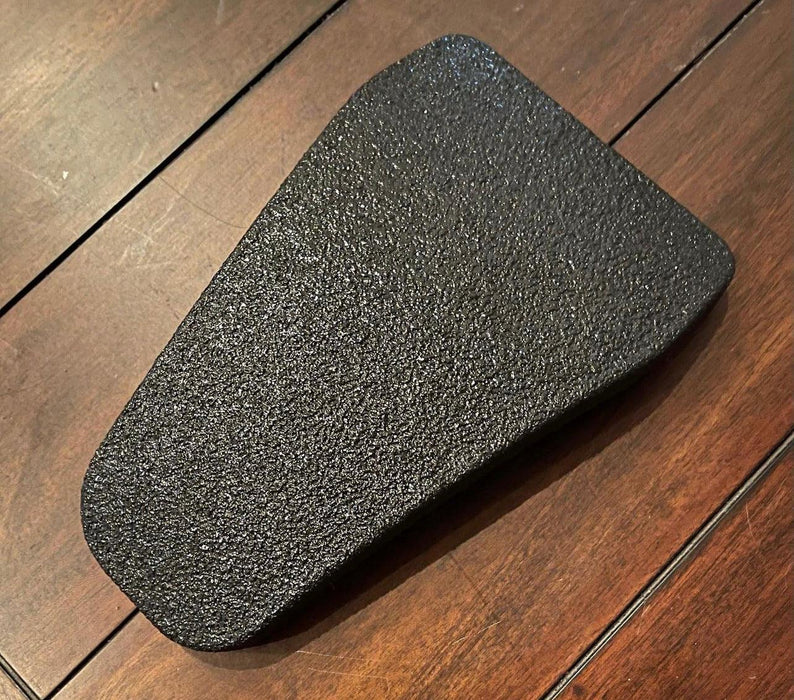
Groin Plate Body Armor- Level III+
Free Shipping On Orders Over $399
Price Match Guarantee
Lifetime Armor Warranty
Level III+ Groin Plate
NOW AVAILABLE IN 4 CARRIER COLOR OPTIONS
Hoplite Armor is known for being the industry leader in body armor design and development. Our line of extremity protection plates have set a new standard in the world of personal protection and our NEW Level III+ Groin Plates are no exception.
Designed using advanced polymer based armor materials, the Groin plate in thin, light, easy to wear and highly capable. This plate can stop numerous rounds of all Level III threats and beyond.
The standard strategy in close quarters combat has changed from "shooting center mass" to "aiming for the hips". Center mass is of course the largest target, but with armor having become so prevalent, the modern mindset is to aim for the second largest target which is the hips. When worn with our Femoral and Dangler Plates this adds a level of protection unseen anywhere else and provides protection against modern combat tactics unavailable through any other source.
Designed to fit any belt. Quick release buckles allow for easy integration and use with any platform.
We currently have a limited number of these available. Groin Plates are In Stock.
Order yours today. Some popular items/sizes may have a 4-8 week lead time.
SPECS
Nominal Weight and Dimensions 4.8" x 7.8" / .5 lbs
| Weapon | Ammunition |
STRIKING ft/s |
STRIKING m/s |
| Rifle FN FAL | 7.62x51mm-M-80Ball | 2780 | 847 |
| RifleM-16 | 5.56x45mm-M193Ball | 3180 |
969 |
| RifleAK-47 | 7.62x39mm-FMJLeadCoreBall | 2380 | 725 |






